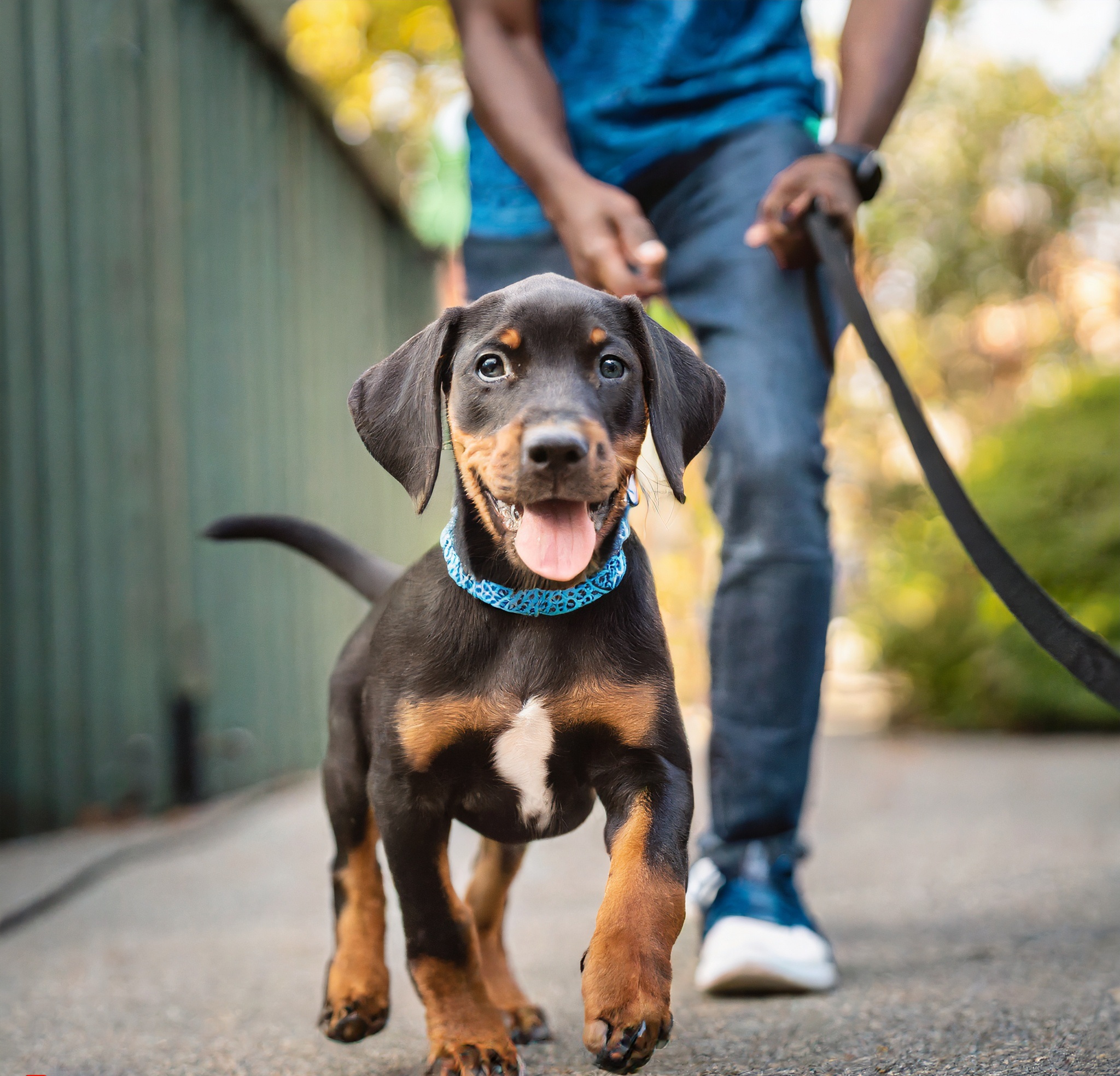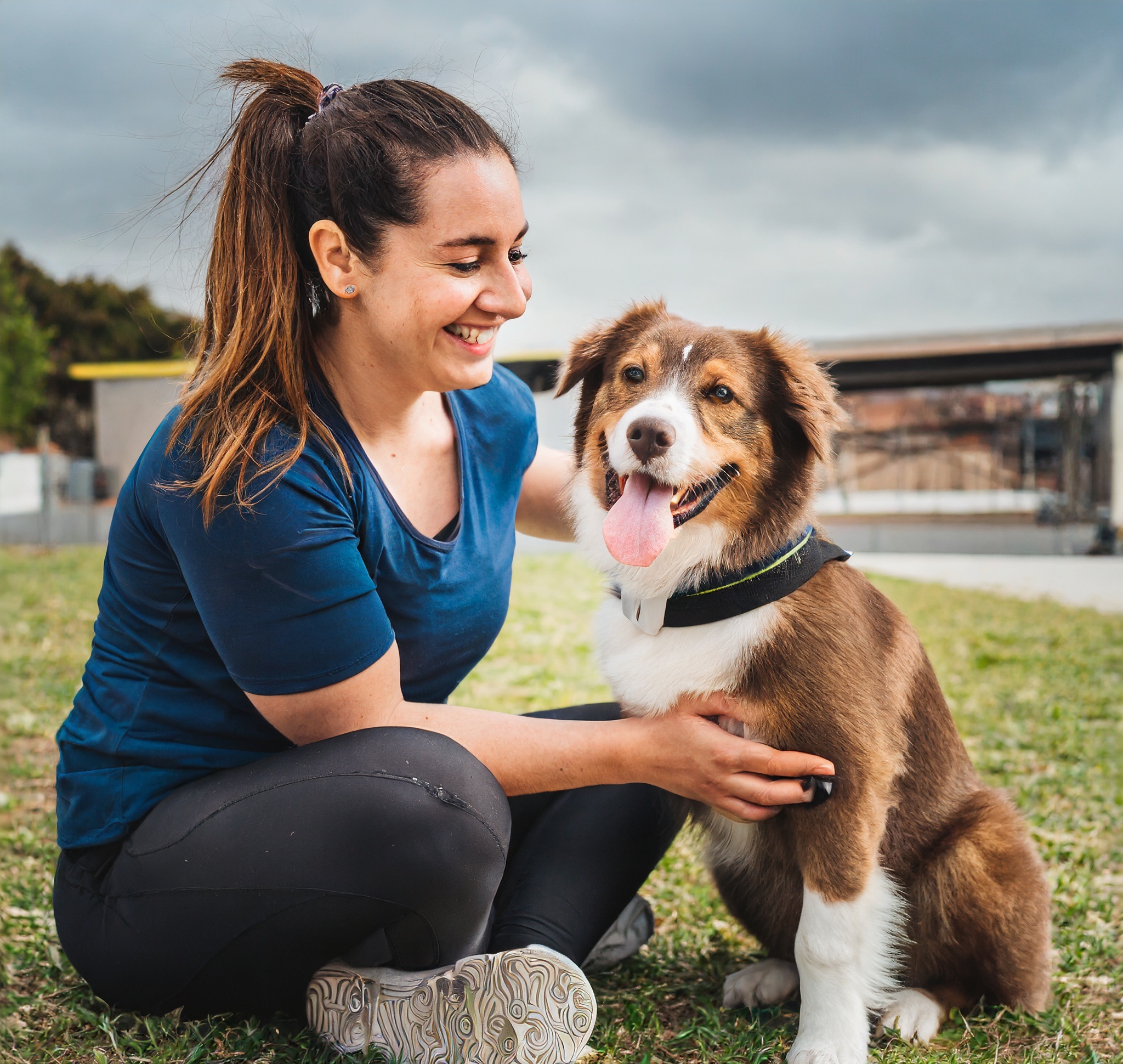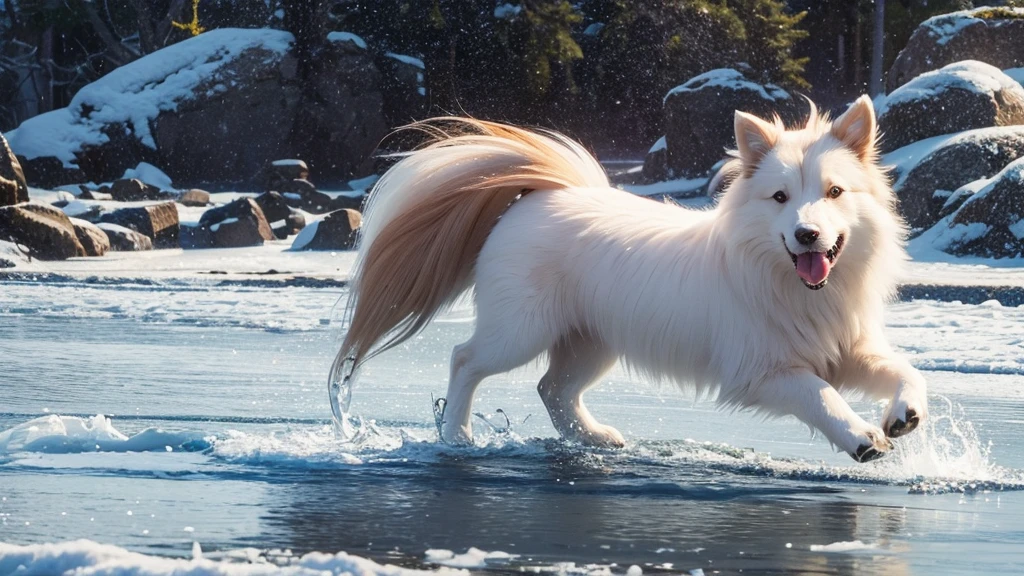A Comprehensive Guide for First-time Owners:
Bringing a puppy into your home is like welcoming a bundle of joy. The excitement, the cuteness overload, and the playful antics—what’s not to love? But hold your horses! A well-behaved adult dog doesn’t just happen; it’s the product of good training and consistent effort. So, if you’re scratching your head, wondering where to start with your new furry friend, you’re in the right place.
Introduction: Set the Stage for Success
First things first, make your home puppy-proof. Put away those electrical cords, secure the trash cans, and fence off areas where the puppy shouldn’t go. Trust me, a safe environment is the first step in successful training.
Supplies You’ll Need
- Training Treats: Something irresistibly delicious!
- Clicker: For clicker training, if you’re interested.
- Leash and Collar: For those outdoor training sessions.
The Fundamental Five: Basic Commands Every Puppy Should Know
1. Sit: The Foundation of All Commands
“Sit” is perhaps the most natural command to teach and incredibly useful.
- The Technique: Hold a treat close to your puppy’s nose and then move your hand upwards. The puppy’s bottom should naturally go down. Once they are in the sitting position, say “Sit,” offer the treat, and give affection.
2. Stay: For Their Safety and Yours
“Stay” is crucial for those moments when you need your pup to be still.
- The Technique: Command your puppy to “Sit.” Show them your open palm and say “Stay.” Take a step back. If they remain seated, go back to them, reward with a treat, and lavish praise.
3. Come: The Recall Command
A good recall command can literally be a lifesaver.
- The Technique: Put a leash and collar on your pup. Crouch down to their level and pull gently on the leash while saying “Come.” Reward them when they do.

4. Heel: For Structured Walks
“Heel” helps your dog learn to walk beside you, not pull you around.
- The Technique: Start by having your puppy sit beside you. With a treat in your hand, say “Heel,” and start walking. If the puppy follows along beside you, reward them.
5. Leave It: Impulse Control
This command helps your pup learn what they shouldn’t touch.
- The Technique: Place a treat in your hand and show it to the puppy but don’t let them take it. Say “Leave it.” Wait for them to pull away, and then offer a different treat as a reward.
Socialization: The Often Overlooked Training Element
Believe it or not, socialization is a form of training, and it’s often overlooked.
- Meet and Greet: Introduce your puppy to new faces and other pets.
- New Experiences: Expose them to various sights, sounds, and smells.
Absolutely, let’s dig deeper into the issue of behavioral training focusing on nipping, biting, and chewing.
Behavioral Training: Nipping, Biting, and Chewing—The Trials and Tribulations of Puppy Parenthood
Young puppies are basically furry balls of energy with teeth. Yes, those tiny teeth can be cute, but they can also lead to painful nips, damaged belongings, and a whole lot of stress. That’s why it’s crucial to tackle these behaviors head-on with smart behavioral training.
Why Do Puppies Nip and Chew?
Understanding the why can help you address the issue effectively. Puppies nip and chew primarily for the following reasons:
- Teething: Just like human babies, puppies go through a teething phase, which can be uncomfortable.
- Exploration: Puppies explore their world by putting things into their mouths.
- Attention-seeking: Sometimes, they just want to get your attention, and nipping is a quick way to do it.
- Lack of Socialization: Puppies learn to control their bite from their littermates. A puppy removed too early may not learn this essential life skill.
Strategies for Tackling Nipping and Biting
Redirection
When your pup starts to nip or bite during play or cuddling, redirect them towards a chew toy. This helps them understand what is okay to bite or chew.
Use a Firm ‘No’
A simple, firm “No” can also be effective. Make sure not to yell; you don’t want to scare your pup, just get their attention.
Time-out
If your puppy doesn’t respond to redirection or a firm “No,” a time-out could be the next step. Place them in a secure, confined space for a minute or two to calm down.
Strategies for Managing Chewing
Offer Appropriate Chew Toys
Provide a variety of chew toys that are specifically designed to ease the discomfort of teething.
Use Chew Deterrents
Products are available that taste bitter and can be applied to furniture and other items you want to keep chew-free.
Encourage Good Behavior
Always reward your pup with treats and praise when they chew on appropriate items. Positive reinforcement goes a long way.
Training Programs and Professional Help
Sometimes, despite best efforts, you may need to seek professional help for behavioral training. Puppy classes can be a great investment in your dog’s long-term well-being.
In a Nutshell: Patience and Consistency
Tackling nipping, biting, and chewing is no walk in the park. But with patience, consistency, and a solid game plan, you can turn your sharp-toothed terror into a well-behaved pup. Remember, early intervention is the key. The earlier you start, the easier it will be to establish good habits.
By taking a comprehensive approach to behavioral training focusing on nipping, biting, and chewing, you’ll be setting the stage for a more harmonious relationship with your new four-legged family member.

Conclusion: Enjoy the Journey
Training is as much about the journey as the outcome. It’s a bonding experience that sets the foundation for a lifelong friendship.
Congratulations! You’re now equipped with the essential guide for training your new pup. So, what are you waiting for? Get those treats ready and let the training games begin!



